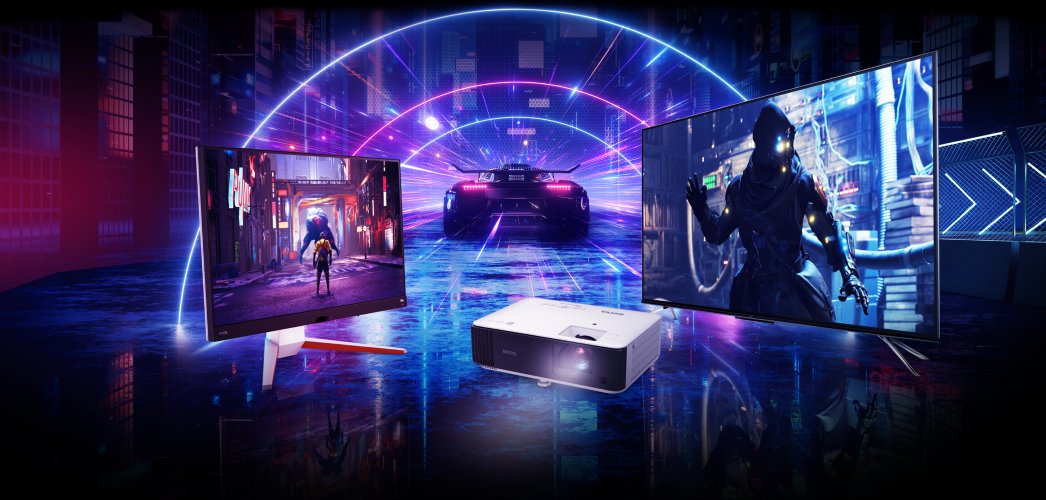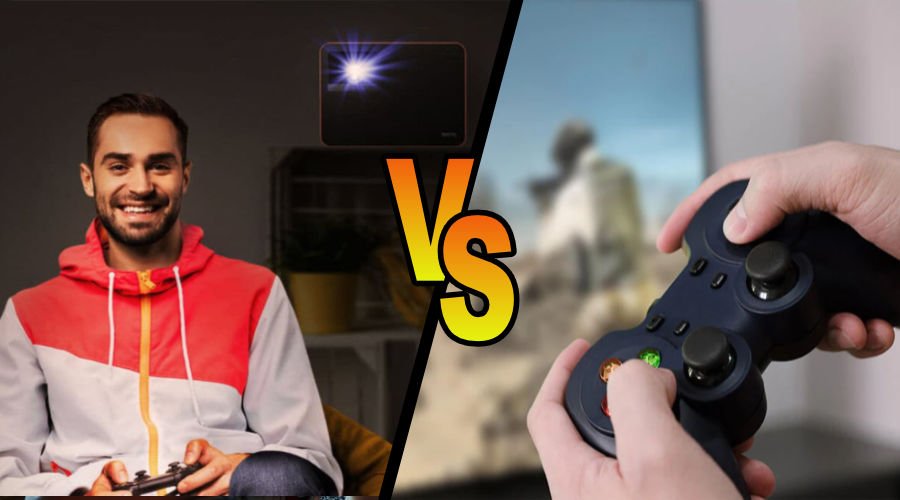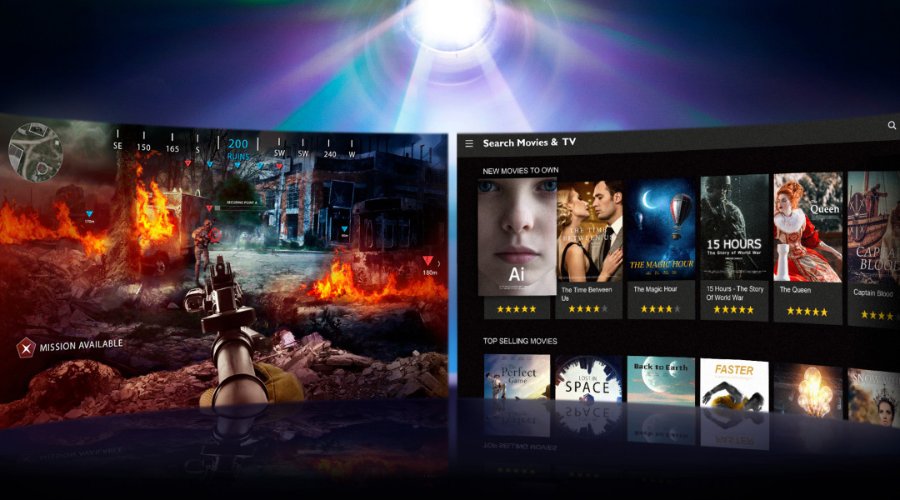If you think you want a TV, then you have to make sure the panel offers native 120Hz. Not “motion enhance” or MEMC or anything like that, but real 120 frames per second. The same with projectors, make sure the hardware delivers 120Hz without any “tricks” like frame doubling. That means the device outputs 60Hz and then doubles it to look like 120Hz. It’s close, but not the same.
Since PS5 and Xbox Series X are unlikely to do 4K 120Hz natively, you’re fine with HDMI 2.0, which easily handles 120Hz in 1080p and 1440p upscaled to 4K. Get a good quality, Premium High Speed HDMI cable from a reputable brand. Learn more about connecting via HDMI cables in this article.
You may hear a lot about the need for HDMI 2.1, but the new version has so far proven rather overrated if we’re being honest. HDMI 2.1 supports native 4K 120Hz and 8K 60Hz, but neither look like they will happen on the current console generation. Auto low latency mode (ALLM) and variable refresh rate (VRR) offer better controller response and screen refresh, respectively. However, modern gaming TVs and projectors already offer excellent response, making ALLM somewhat redundant. BenQ gaming projectors now have a similar feature called Auto Scenario Mapping, which puts the projector in game mode once a connection is detected, so you don’t need to mess with settings at all.
As for VRR, it’s great to have, and works via HDMI 2.0 on Xbox Series X (not on PS5, though, where VRR generally requires HDMI 2.1). But it’s rarely essential, as the consoles have no problem maintaining stable frame rate targets in 90% of games. There’s also quick frame transport, or QFT, which is related to ALLM and supposed to ensure steady frame pacing (how long each frame stays on the screen) and faster response overall. QFT is hardly an essential feature, and most HDMI 2.1 users haven’t even heard of it. It isn’t implemented in any current games because none of the current consoles support it. They do support ALLM.
HDMI 2.1 also has eARC, an improvement over ARC (audio return channel) for connections with hi-fi sound systems. By all measures, eARC and ARC are nearly identical, and provide high quality connectivity for users who want to set up sound systems with great support for Dolby Atmos and DTS:X. Dynamic HDR is another advantage of HDMI 2.1, though implementation in content has been minimal so far. None of this is to downplay HDMI 2.1 or future versions of HDMI, but the truth is none of the new features have proven to be must-haves thus far. So, if you find a TV or projector that you like for your 120Hz console needs, don’t worry if they don’t have HDMI 2.1, as you don’t need it.






